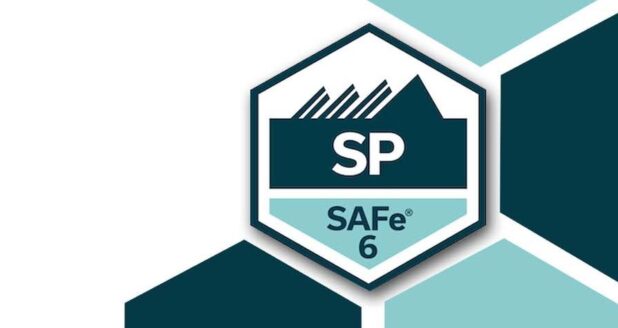In an increasingly competitive digital world, it’s vital to stay at the forefront of project management methodologies. One such solution that has gained traction is the SAFe Agile Certification.
A cornerstone of modern corporate structure, it promises an opportunity to unlock unparalleled potential in project management and software development.
Table of Contents
Understanding Agile and SAFe
Agile is a project management and software development approach that encourages flexibility, customer collaboration, and high adaptability to change. It’s a philosophy adapted among innovative companies that aim to create high-quality products in a fast-paced market.
Scaled Agile Framework (SAFe) is an extension of Agile principles. SAFe provides a structured approach to tackling large, complex development projects through agile working models. Its methods streamline work across multiple teams, fostering efficient and effective cooperation. Achieving SAFe Agile Certification validates a professional’s ability to apply these methodologies to scale Lean and Agile development in their organization.

The Significance of SAFe Certification
SAFe certification equips individuals with an expanded skillset and a real-world framework that improves product development efficiency. The certification offers in-depth knowledge about Agile principles and other product development methodologies, allowing the certified professional to establish and maintain high-performing Agile teams.
Moreover, acquiring a SAFe certification accentuates an individual’s dedication to continuous improvement and lifelong learning, desirable traits in any professional environment. It offers a better perspective and insight for managing large-scale development operations and projects that could positively impact an organization’s productivity and growth.
How does SAFe Certification Unlock Potential?
By providing a landscape for understanding Agile methodologies at a larger scale, SAFe certification opens grand opportunities for professionals and their respective organizations. It teaches workflow streamlining and project management optimization, which are vital skills in managing large-scale projects.
A SAFe-certified professional can navigate the complex world of project management with dexterity, creating value through a better product development strategy. This can lead to innovative solutions and a quicker time-to-market output, giving a significant edge over the competitors.
Most importantly, SAFe certification nurtures leadership qualities. A certified Agile Leader understands the values and principles that underpin Agile and SAFe and can lead by example and encourage teams to embrace an Agile mindset. This can foster a culture of innovation, adaptability, and productivity within an organization.
Finally, the prospect of career advancement that comes with SAFe certification encourages individuals to unlock their full potential. Certified professionals commonly experience better recognition, earning potential, and career mobility, offering them both professional and personal growth.

Conclusion
With markets evolving at an increasingly rapid pace, making Static models obsolete, it’s becoming essential to imbibe Agile methodologies in project and organization management. SAFe certification not only provides a thorough understanding of these practices, but it also helps individuals to develop leadership qualities and provides an opportunity to excel.
Indeed, SAFe Agile certification can unlock unprecedented potential in eager professionals. By adopting a scale-able approach, implementing agile principles on a grand scale and unlocking innovative leadership qualities, certified individuals stand ready to make substantial impacts on their organization’s growth and efficiency.
 World Magazine 2024
World Magazine 2024






